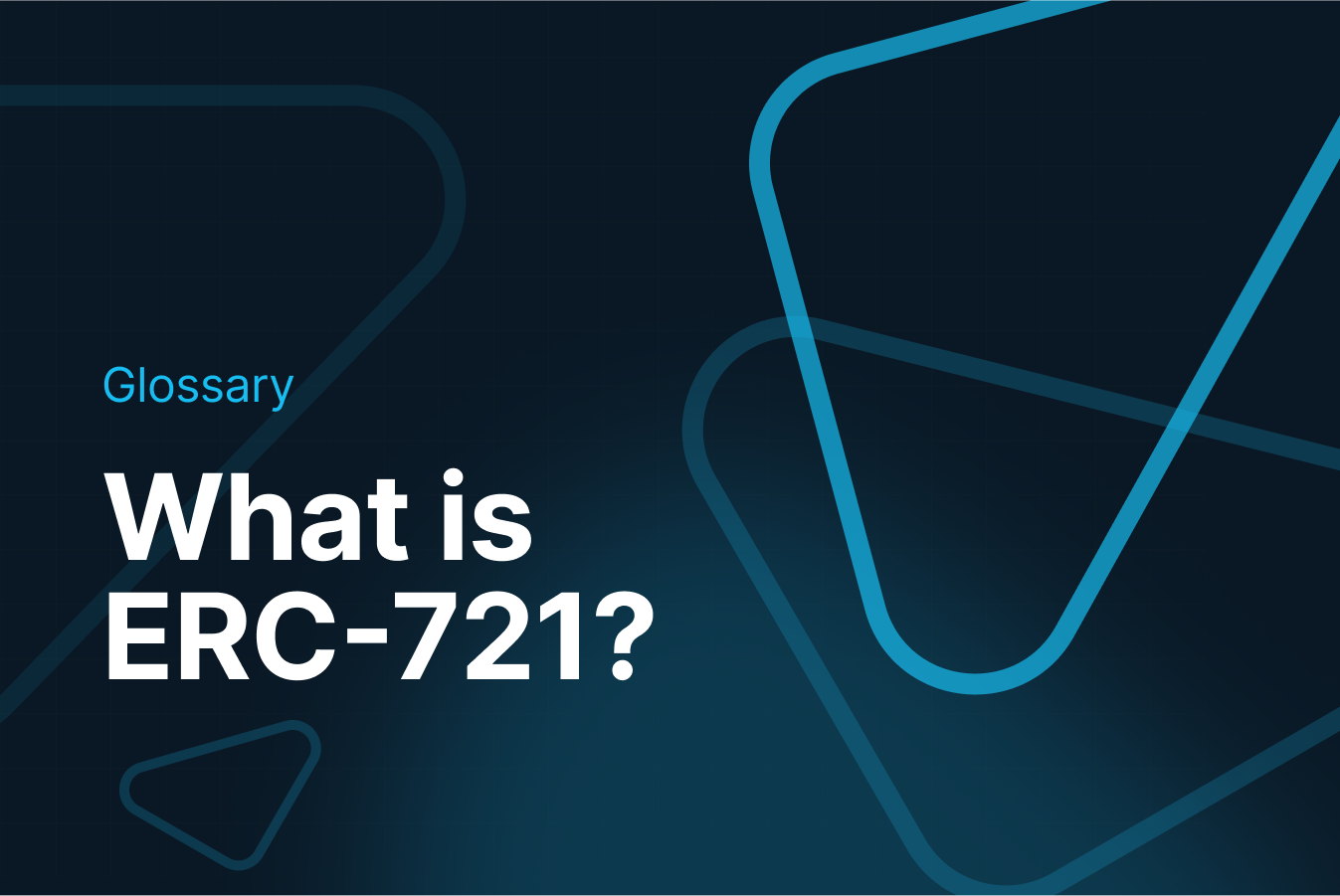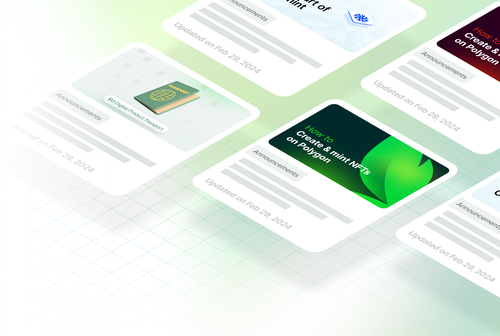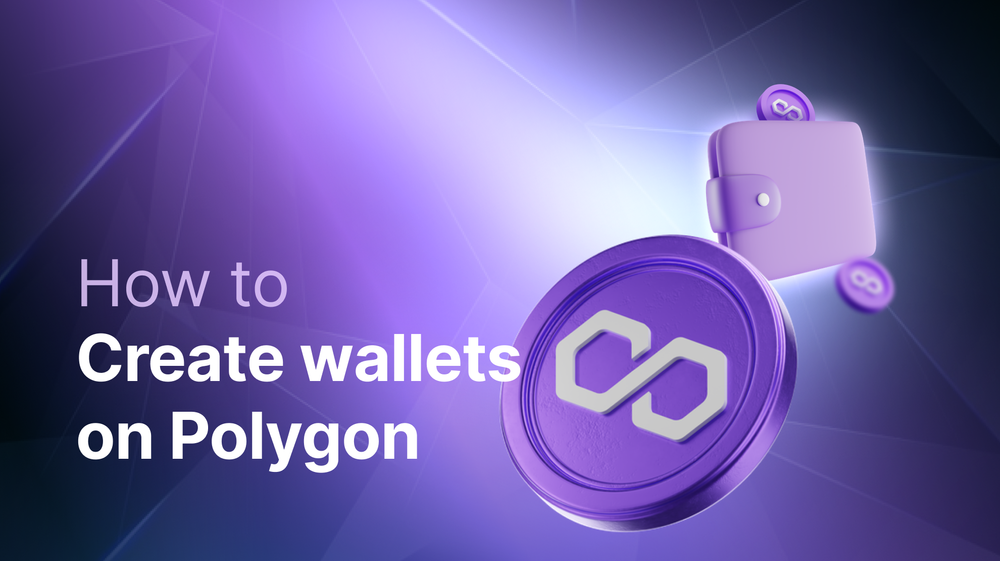TL;DR:
NFTs are unique, SFTs might be unique depending on the issuers.
Let's dig into a little bit more in detail in this article:
NFT vs SFT: Key Differences
What are NFTs?
Non-Fungible Tokens, or NFTs, are called "non-fungible" because each token is distinct and cannot be exchanged on a one-to-one basis with another token.
For example, each Crypto Punk is unique and numbered, and therefore district from one another - this gives it its non-fungibility.

Some standout NFT use cases:
- Digital Art:
This is one of the original use cases of NFTs. Because NFTs are indivisible and unique, a lot of artists use the NFT format to represent unique pieces of digital art, this has been supremely popular since the crypto bull market in 2021 - some stand out examples are Crypto Punk, Bored Ape Yacht Club, Pudgy Penguins and more. These NFTs are the foundation of a unique membership that these Web3 native creations are building around - if you own an Ape, then you're part of the Bored Ape Yacht Club and have access to various offline events and merchandise.
- Collectibles:
Unique digital collectibles, such as digital sports trading cards such as Museum of Mahomes or NBA Top Shot that digitize the original sports trading cards concept with NFTs because of it guarantees uniqueness of a collection.
There are also other use cases such as digital music - for example, Crossmint powered Anotherblock's release of Jackson 5's first ever recording with Michael Jackson as a limited edition NFT - only 200 NFTs were ever created.
- In-gaming Items:
This is the most talked-about use case of NFTs - in-game items are a perfect use case for NFTs because it enables true ownership for players. For example, if a player owns a Lambo in the new Grand Theft Auto game, the car can be minted into an NFT and then able to be ported into other games such as the Sandbox or Need for Speed.
Crossmint has powered numerous NFT in-game items, most recently Pirate Nation. Players can buy in-game items as NFTs with Credit Cards while able to trade peer-to-peer on the market as well.
What are SFTs?
Semi-fungible Tokens, or SFTs, function like fungible tokens and can be exchanged with other identical tokens just like any fungible tokens. Once used, a SFT will lose their exchange value and gains the characteristics of non-fungible tokens.
SFTs are created under the ERC-1155 protocol, which draws ideas from the ERC-20 (fungible tokens) and ERC-721 protocols (non-fungible tokens). Essentially, the ERC-1155 protocol allows the contract to be able to contain both fungible and non-fungible tokens.

SFTs: some stand-out use cases:
- Event Ticketing:
Tickets for concerts, movies or other events are great use cases for SFTs - the tickets were issued as identical to various attendees, and they can exchange these tickets if they want to. At this point, any ticket will have the same value as the other ones.
However, once the attendee uses this SFT to enter the concert, the SFT ticket will become non-fungible. So it will not be able to be exchanged with other concert tickets.
- Customer Rewards
Businesses can use SFTs to build loot box experiences as a reward mechanism for customers. Once a customer receives an SFT loot box access token, they can enter a lucky draw and win an in-game or a loyalty program item. Before activating the SFT loot box token, these tokens are transferrable between peers - ie. customers can trade these tokens for one another.
Once the reward is presented to the user, it transforms from an SFT to an NFT that has a definitive value within the business. For example, Boba Guys Passport has a built in SFT feature that allows customers to enter lucky draws - once the draw is finished, the SFT becomes non-fungible rewards such as a free boba.
Key Differences
- Interchangeability: NFTs are unique and cannot be exchanged like-for-like, whereas SFTs are dynamic and they can either be fungible and tradable or non-fungible and have unique value.
- Lifecycle: SFTs have a dynamic lifecycle, changing their state from fungible to non-fungible, unlike NFTs which are non-fungible throughout.
While NFTs and SFTs share some similarities in being blockchain-based digital assets, their key differences lie in their interchangeability and lifecycle. NFTs excel in representing unique, indivisible digital items, making them ideal for art and collectibles. On the other hand, SFTs offer flexibility, suitable for evolving assets and use cases in ticketing and reward programs.
How Do I know Which Token to Create?
The simple rule of thumb:
If you are creating a token that is unique with many different attributes, then an NFT would suit the bill.
If you are creating a dynamic token with collection number larger than 1, and that it needs to be able to change from fungible to non-fungible within the life cycle of the token, then and SFT is the way to go.
Check out the documentation for how to create and mint NFTs/SFTs with minimum code.










